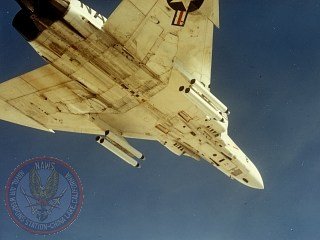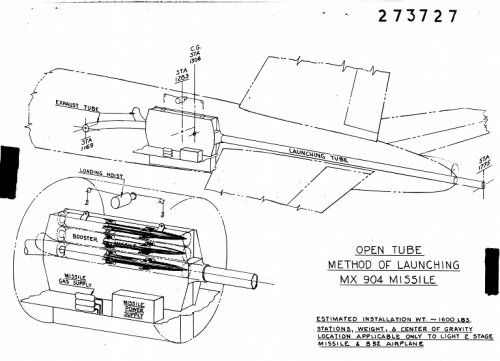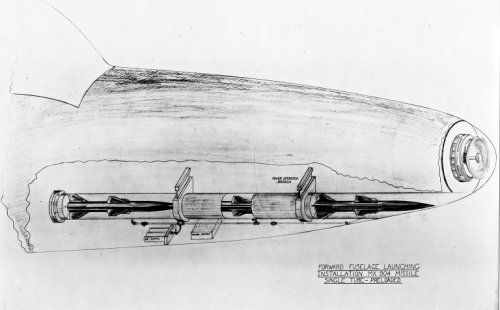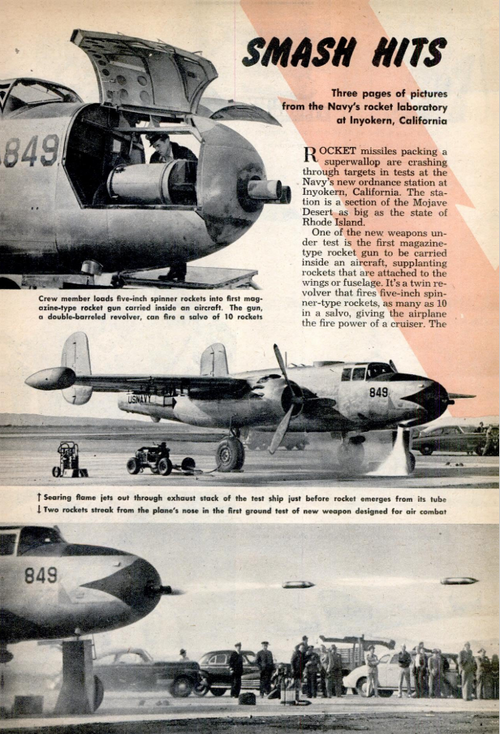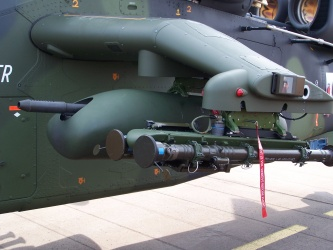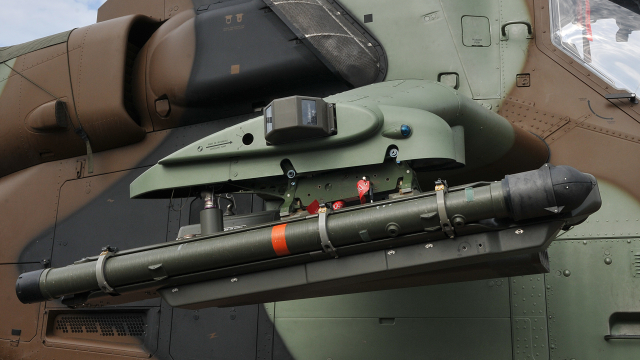Having seen the threads about the AIM-95 and AIM-152, I started wondering about tube-launched A2A missiles. Frankly, the concept sounds interesting to me, but I keep wondering about undesired drag after expending the munition, and lock-on-before-launch parameters, among other things.
Have anyone of you, gents have more information regarding this subject, images, diagrams, and I would be very pleased to read your comments and resonings.
Rafa
Have anyone of you, gents have more information regarding this subject, images, diagrams, and I would be very pleased to read your comments and resonings.
Rafa

